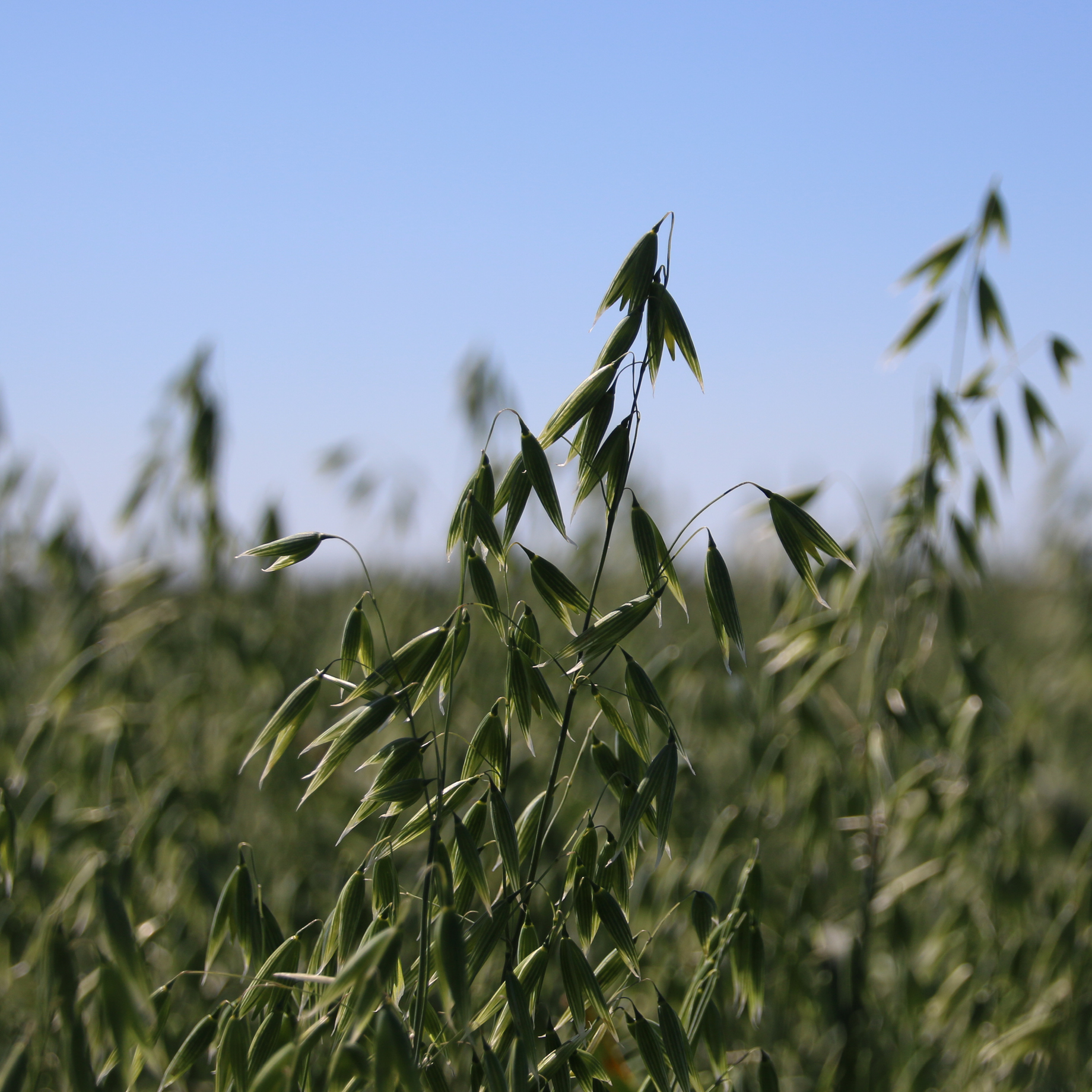Spring oats becoming much more popular
With some farmers having to reduce their oilseed rape area because of pest or rotational pressures, and others looking for a third crop, spring oats are taking on a new lease of life. But what characteristics make a good variety and what are end-users looking for from the crop?
Mention oats and most people will think about traditional uses such as porridge and breakfast cereals, but increasingly they are being used in breakfast snacks, nutrition bars and protein shakes, says John Miles, product development manager for leading plant breeder KWS UK
“The development of new oat-based products focussing on health, satiety and convenience are further helping to boost demand and the area grown in the UK has increased to 140,000ha.
“The use of oats for human consumption and industrial uses continues to increase. The market has grown significantly in the last five years, providing additional opportunities for farmers to exploit the benefits of this in-demand crop and extend rotations.
“Newer spring varieties are now challenging the performance of winter oats which have traditionally found favour with millers. These are also gaining popularity with growers due to changing rotational requirements which are increasing interest in spring cropping options.
“Much of that interest is coming from farmers who have previously grown oilseed rape but been hit hard by the Cabbage Stem Flea Beetle, which has made the crop impossible or uneconomic to produce.
“Many are on heavier land in the East of the country, so we are seeing a new breed of farmers coming into this sector who are growing oats for the first time.
“The market for spring oats is very quality driven, with yield a secondary consideration, so it is important to understand the challenges.”
Oats do not fit into arable rotations in quite the way that was thought and this is all to do with drilling date, he explains.
“This has the greatest single impact on the performance of spring oats, so it is important to drill them as early as possible.
“As the soil becomes drier in the spring, particularly if March and April are dry, both yield and grain quality potential will drop off quickly.
“Drilling early, from the end of November onwards if conditions allow, enables the crop to develop sufficient resilience to withstand such challenges.
“That has been especially apparent during the last couple of years, which have been characterised by dry weather during the spring.
“Although perhaps not the case in traditional oat-growing areas, which are based around livestock and end users I higher rainfall areas, where there is more regular rain throughout the growing season, this has certainly been the situation in the East of England.
“There, many farmers have introduced spring oats either to replace oilseed rape, comply with the three-crop rule or as part of a programme to manage in the management of blackgrass.”
The key factor when growing oats is to do everything possible to avoid the risk of the crop lodging, because you don’t want to end up combining flat oats.
KWS Isabel moves varieties forward
KWS UK has been the UK agent for Wiersum BV for many years, screening their varieties and entering them in RL trials, John Miles explains
“WPB split their breeding programme to focus on quality and WPB Elyann was the first quality-driven variety to come result from that.
“A typical oat in terms of straw strength and growth habit, it was first listed on the AHDB’s Recommended List in 2017, came with excellent kernel content which was 3.1% above former industry gold standard KWS Firth and attracted the interest of growers, many of whom were new to the crop.
“But what made WPB Elyann special was its ‘hullability’, how much useable grain can be extracted at first processing, combined with exceptionally low hulling loss.
“WPB Isabel, the latest addition to the Candidate List of the 2020/21 Spring Oat Recommended List, represents the next step.
“Being a variety that will be liked equally on-farm and in the oat mill it is an exciting development for this market. It is a different type of oat, offering the best combination of yield and specific weight, being 2.5l/ha better in this respect than anything else on the Recommended List.
“It will appeal to growers looking for a high yielding husked spring oat (105% treated) with excellent grain quality, together with the best specific weight of any husked spring oat on the 2020/21 Recommended List. It has impressive low screenings, a high kernel content (75.9%) and average maturity.
“The key factor when growing oats is to do everything possible to avoid the risk of the crop lodging, because you don’t want to end up combining flat oats.
“The conversations that I have had with farmers and agronomists in East Anglia highlights that oats go through the growth stages very quickly and PGRs are required, but it is important that you don’t tank mix as it gets too ‘hot’ and can have an adverse impact.
“The challenge at that time is that farmers don’t want to carry out a separate pass because of the workload elsewhere on the farm and pressure on spraying capacity.
“At 114cm, WPB Isabel is a taller plant type (109cm) than WPB Elyann, and slightly later to mature, but thicker stemmed, with very stiff straw and a score of [9] without PGR, so it could perhaps be grown with no PGR and an increased margin.
“It is important to understand that apparently small differences in lodging scores can make a huge difference to the susceptibility of a variety to lodging.
“A score of ‘7’ covers everything from 37% to 66% lodging, ‘8’ covers a range from 17%
Other key contacts
Your consultants


.jpg)

